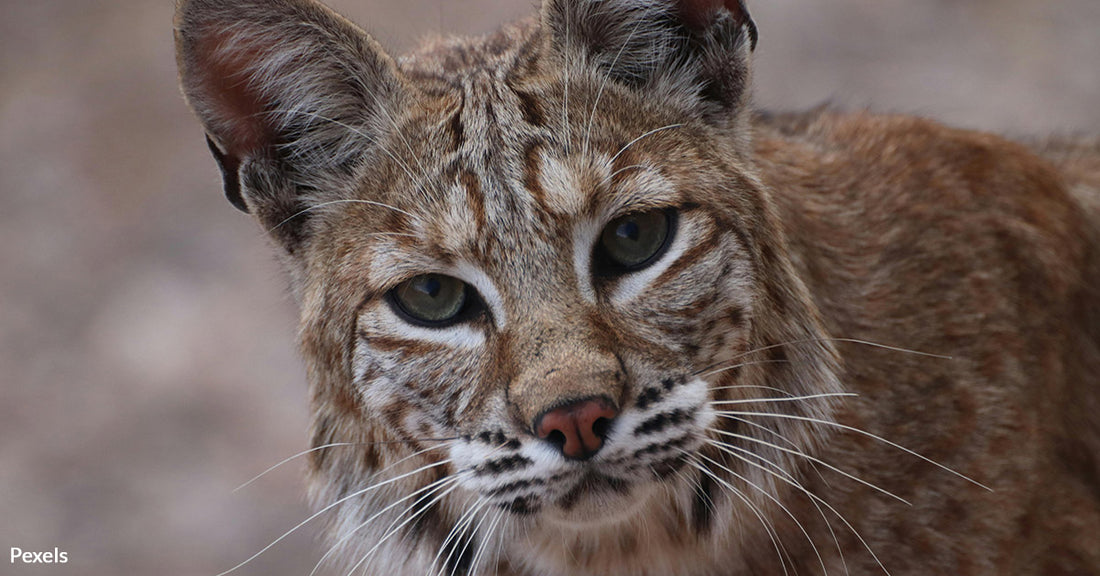Indiana's Plan to Hunt Bobcats Threatens a Species on the Brink of Recovery
Matthew Russell
Indiana is preparing to open its first-ever bobcat hunting season, a decision that has ignited passionate debate between hunters and conservationists. The Indiana Natural Resources Commission (NRC) recently proposed a season to allow trapping in 40 counties, with a quota of 250 bobcats statewide, sparking concerns about the species’ recovery and the methods allowed for trapping.
The proposal, which limits the number of bobcats taken by each trapper to one, will allow certain forms of trapping, such as foothold and cable devices, that are controversial due to their potential harm to non-target animals and the suffering they inflict on captured creatures.
According to the Indiana Department of Natural Resources (DNR), their decision stems from data suggesting that southern Indiana’s bobcat population has recovered enough to support a regulated harvest. But conservationists are skeptical, pointing to outdated data and the absence of a detailed scientific survey of the species' true numbers.

A Return From the Brink
Once on the brink of extinction in the state, bobcats were removed from Indiana’s endangered species list in 2005, marking a rare conservation success. The elusive wildcats, primarily located in southern Indiana, have slowly increased in number, though they remain hard to study due to their secretive nature. The species has been making strides in recovery since protections were put in place, but critics argue that opening a hunting season may threaten their progress.
Wildlife advocates, including the Humane Society of the United States, have been vocal in their opposition. Samantha Chapman, Indiana’s state director for the Humane Society, expressed disappointment in the proposal, calling the hunting season “inhumane” and claiming that it risks the population's fragile recovery, in a coversation with the Indiana Capital Chronicle. She added that the DNR has the discretion to set a quota of zero, a move she believes would better serve the state's conservation goals.
The DNR’s position remains neutral, stating that their models, developed with the help of Purdue University, indicate that the bobcat population can withstand the proposed harvest, according to Fox 59. But the agency is also aware of the risks involved, with Biologist Geriann Albers noting that the season is limited to southern Indiana because populations further north are still considered emerging.

Conflict of Interest?
The push to open a hunting season on bobcats has been driven by certain lawmakers, many of whom are avid outdoorsmen. State Senator Scott Baldwin, who sponsored the bill that mandates the bobcat hunting season, has openly stated his desire to prevent the bobcat population from growing too large, citing concerns about the impact of bobcats on small game populations like rabbits and turkeys. As IndyStar reports, he also claims the DNR needed a “nudge” to take action on opening a season.
However, conservationists argue that these claims are not based on sufficient scientific evidence. The bobcat's diet, they point out, consists primarily of small mammals, and the concerns about predation on game species are likely overstated. Moreover, opponents argue that introducing a hunting season before fully understanding the species’ recovery could undo years of progress.
Despite these concerns, many rural Hoosiers and hunters believe the time for a bobcat season is overdue. Some farmers have complained about bobcats preying on livestock and pets, while others claim that the animals have become a nuisance by depleting local populations of turkeys and other game species. One farmer in Owen County attributed the death of his peacock to a bobcat attack, Daily Journal reports.

A Debate Over Methods
Another point of contention is the method by which bobcats would be trapped. The NRC has recommended the use of cage, foothold, and cable traps, all of which have been tested and deemed “humane” by DNR officials. However, the Humane Society and other animal rights advocates dispute this claim, arguing that such traps are indiscriminate and could result in injury or death for non-target species, including pets and endangered wildlife. They also emphasize the suffering these traps can cause, as animals may remain trapped for extended periods before being found.
Public opposition to these trapping methods is not new. In 2018, the DNR withdrew a similar proposal for a bobcat season after facing significant backlash from the public. This year, though, with the passage of Senate Bill 241, the DNR is legally obligated to establish a hunting season, though the specifics are still up for debate.

The Road Ahead
As the DNR finalizes the rules for the upcoming bobcat season, public comments continue to pour in. Conservationists are hopeful that the agency will reconsider its stance and, at the very least, reduce the quota or limit the scope of the hunting season, Fox 59 reports. Many advocates are calling for the DNR to revisit the science and delay any decision until a thorough population survey can be completed.
With public hearings scheduled and the comment period still open, the final decision rests in the hands of the NRC. Until then, the debate over Indiana’s bobcat population—and how best to manage it—will continue to draw sharp lines between conservationists, hunters, and lawmakers alike.
Click below to take action for bobcats!
